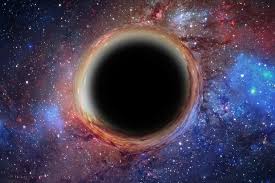
By P.R. Pradhan
The Gen-Z movement began with a set of bold demands: ending corruption, establishing good governance and transparency, dissolving the federal structure, eradicating nepotism, suspending all politically appointed officials in the government and constitutional bodies, and taking immediate action against corrupt political leaders and bureaucrats — especially those who suppressed the Gen-Z uprising on September 8.
Most notably, they called for the suspension of the current constitution and its replacement with a new interim charter.
Tragically, 76 individuals — many of them Gen-Z youths under the age of 28, studying in various colleges — lost their lives, while thousands more were seriously injured.
Despite these sacrifices, only two of their demands have been met so far: the formation of an interim government under Sushila Karki and the dissolution of the House of Representatives.
Even after one month into her six-month tenure, Prime Minister Karki has yet to finalize her cabinet, raising questions about the effectiveness and direction of her administration. Now, her government is facing above 14 cases at the Court blaming that her appointment and dissolution of the House of Representatives were unconstitutional.
The Gen-Z revolution, once a genuine people’s movement, appears to have been hijacked by foreign powers — deepening the sense of chaos and threatening Nepal’s independence and sovereignty.
Where the nation is heading remains uncertain. Nepal has already become a geopolitical battlefield among the United States, China, and India. There are growing fears that a civil conflict could erupt soon — perhaps even after the Chhath festival.
History offers troubling parallels. In the 1970s, the Khampa rebellion in Mustang, and later, the 2008 demonstrations by Tibetan youths in Kathmandu, revealed how external influences can destabilize Nepal. Once again, we have witnessed demonstrators wearing “TOB” (Tibetan Original Blood) symbols on Kathmandu’s streets, demanding their homeland — from Nepali soil.
This time, the strong presence of Americans, along with visible Tibetan activities, has raised concerns that Nepal is being turned into another Ukraine.
China, undoubtedly, will not remain silent — though the nature of its response remains unpredictable.
Durga Prasain, who leads the Save the Motherland campaign, has warned that the nation could fragment unless all patriotic forces unite.
Similarly, legal practitioner Swagat Nepal asserts that restoring the institution of monarchy is the only way to preserve national unity.
Today, Nepal — long described as a “yam between two boulders” — seems to be transforming into a volatile explosive, with its trigger held by external powers, particularly the Americans.
Indeed, we are heading toward a black hole — a point of no return — where our national identity faces an existential crisis.
To safeguard Nepal and preserve the Nepali identity, all political forces, including the monarchy, must come together for creating a unified political mechanism — perhaps by reinstating the 1990 Constitution.
We believe, immediate suspension of the constitution and introduction of a new interim constitution are the only way forward.






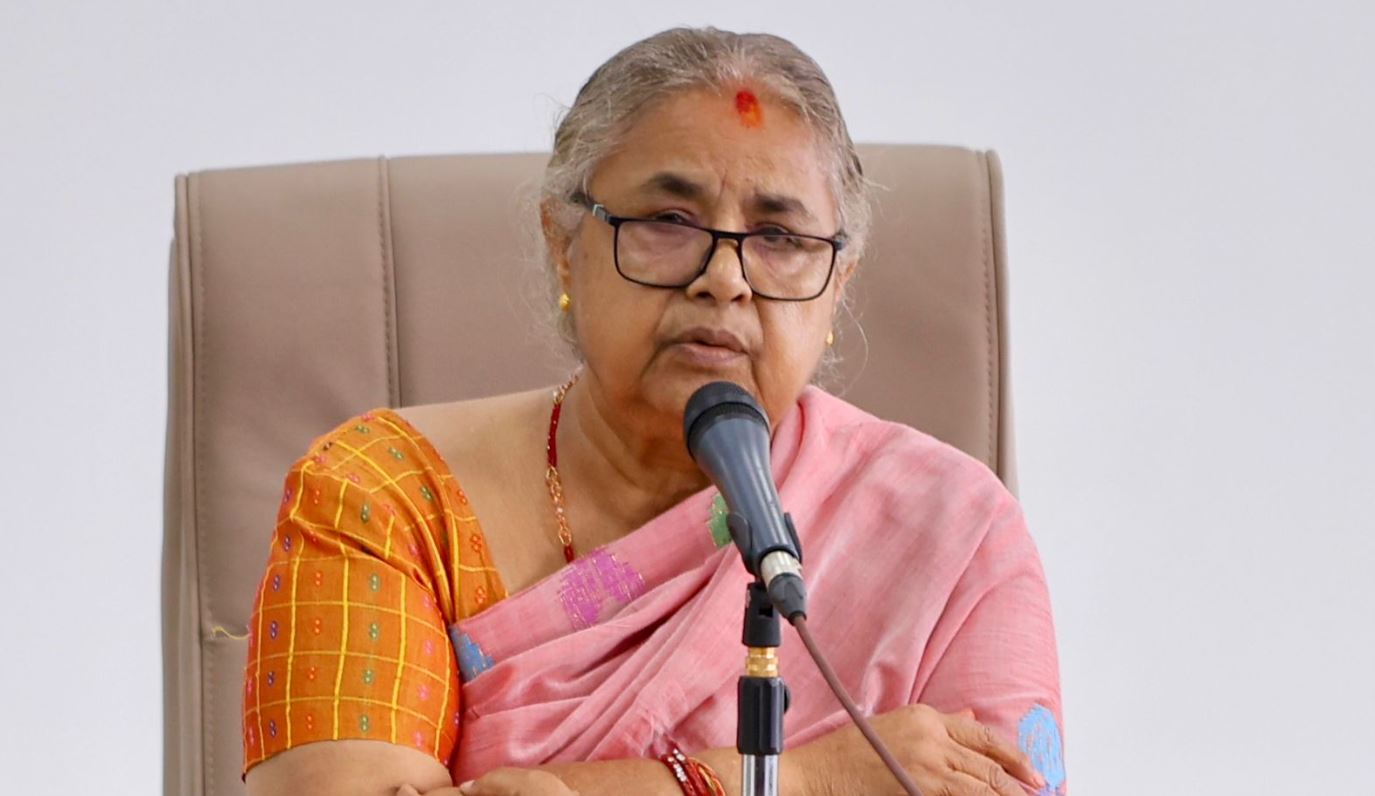
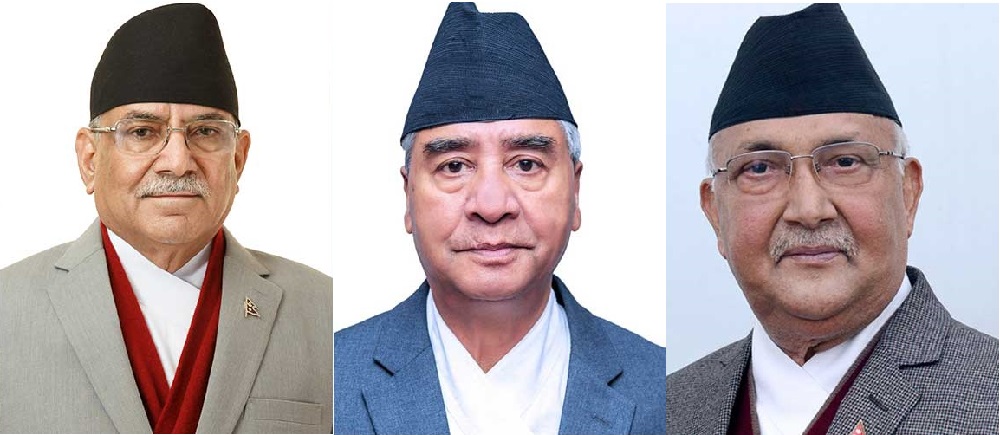
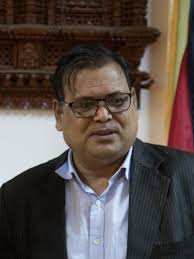

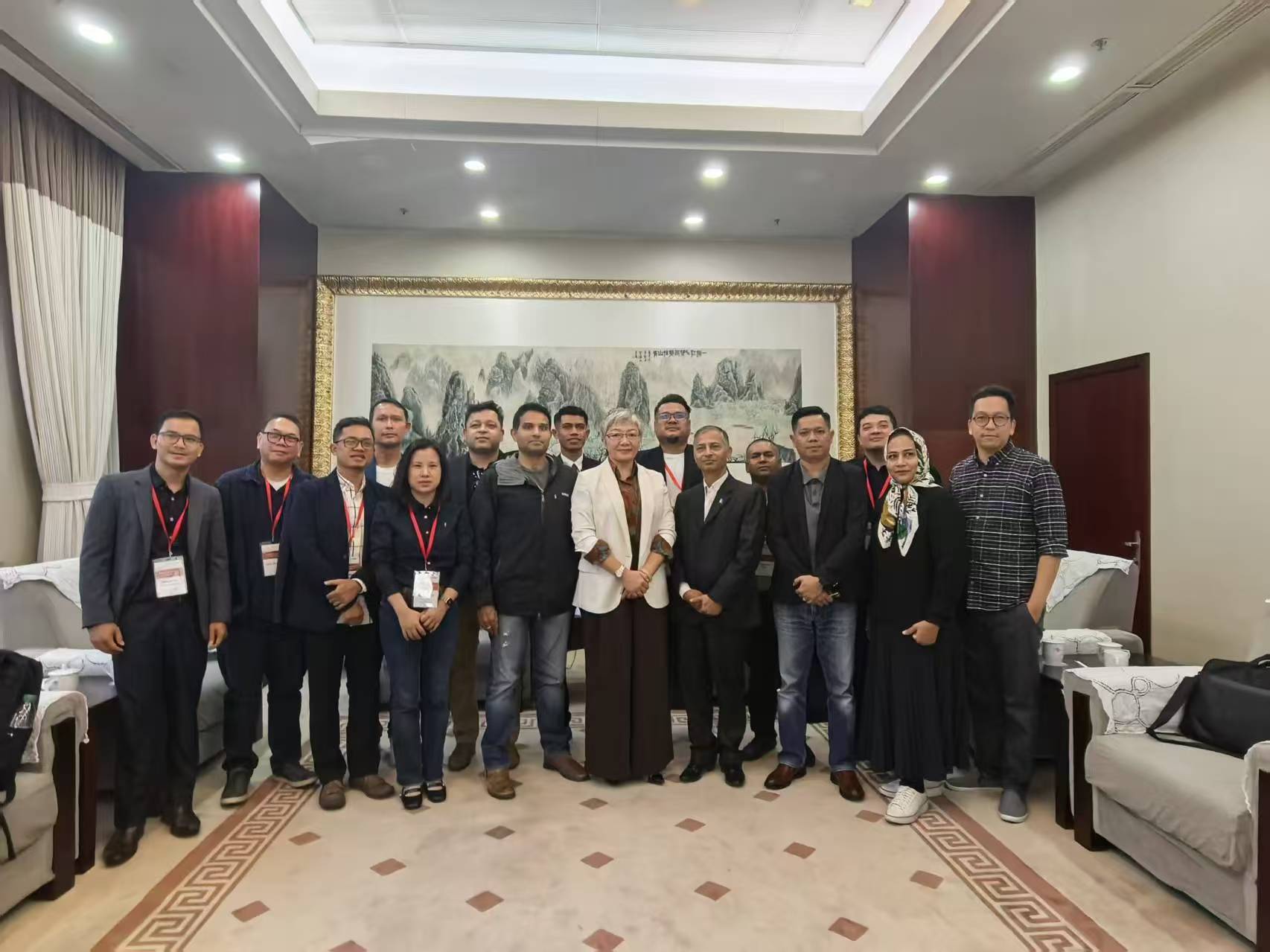



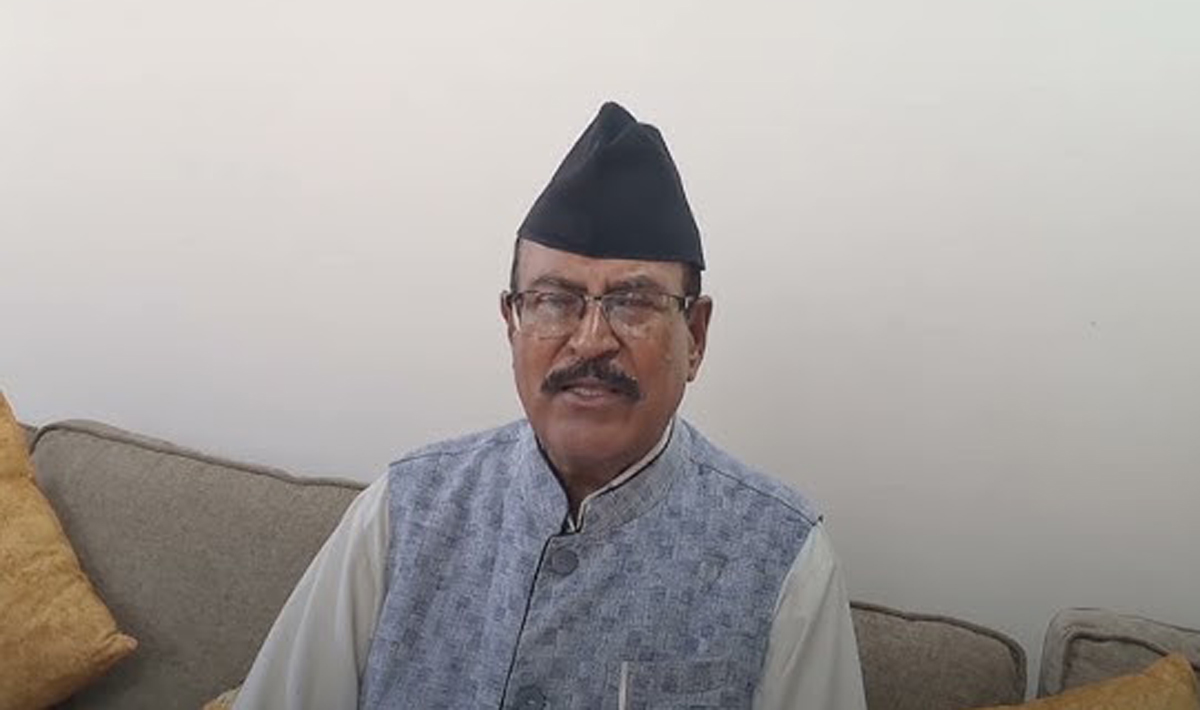
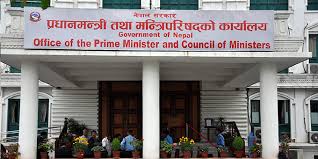
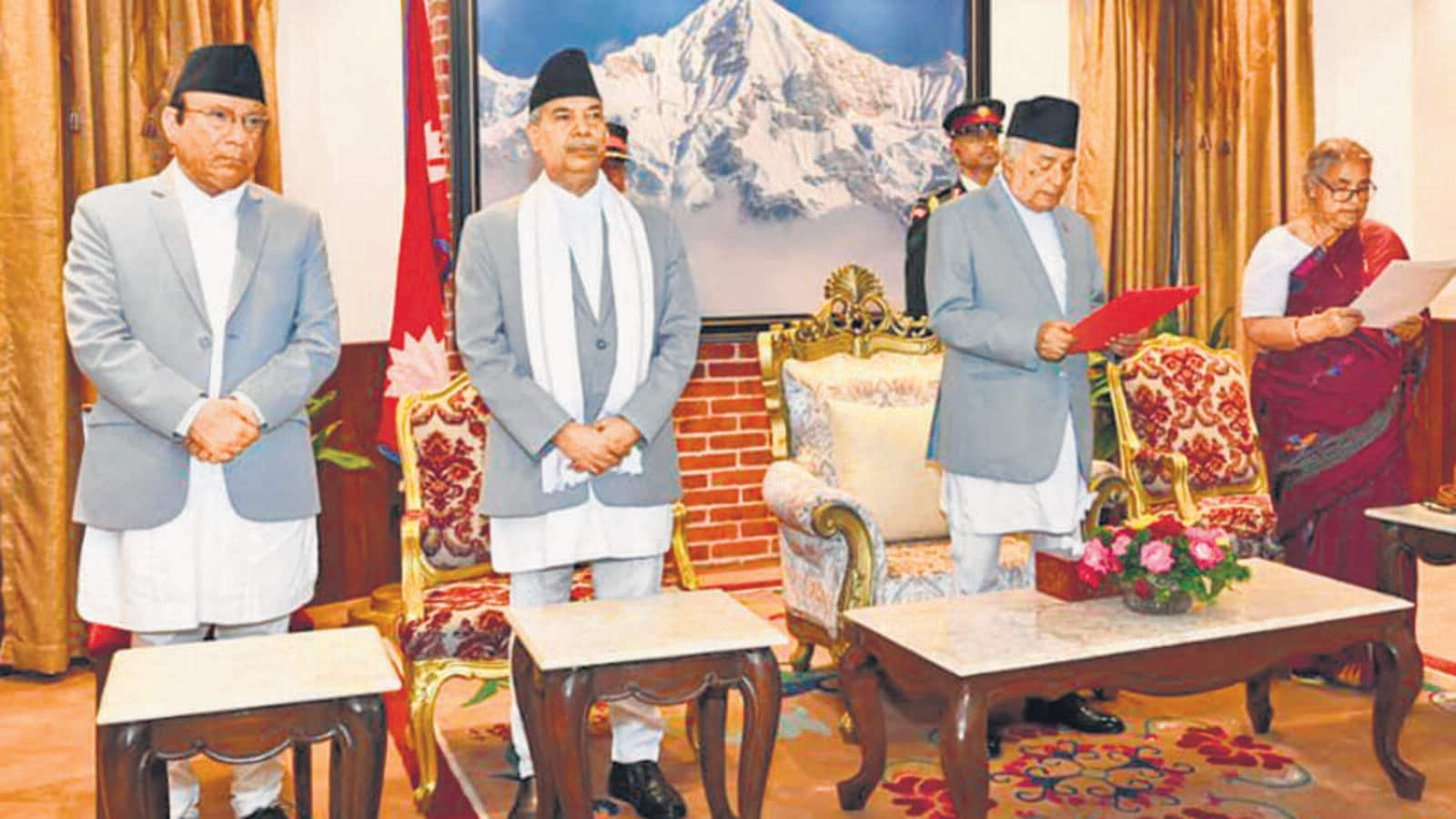
Comments:
Leave a Reply